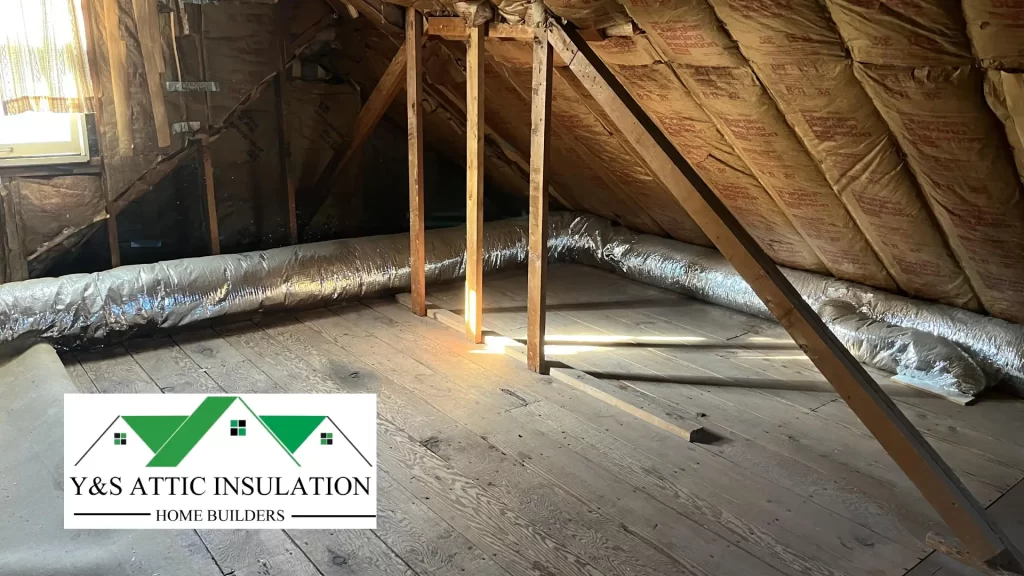Have you ever wondered how attic insulation works its magic to maintain a cozy atmosphere in your home, regardless of the weather outside? Let’s delve into the fascinating science behind attic insulation and explore its role in keeping you warm and comfortable.
The Basics of Attic Insulation
Before we delve into the science, let’s start with the basics.
What is Attic Insulation?
Attic insulation is a material used to reduce the transfer of heat between your home’s interior and the outside environment. It acts as a barrier, preventing heat from escaping in the winter and entering in the summer.
Understanding Heat Transfer
To understand how attic insulation works, we need to grasp the concept of heat transfer.
Conduction, Convection, and Radiation
Heat can be transferred through three main mechanisms: conduction, convection, and radiation. Attic insulation targets these mechanisms to minimize heat loss or gain.
How Attic Insulation Works
Attic insulation employs several key principles to maintain a comfortable indoor environment.
Trapping Air
Most insulation materials work by trapping pockets of air within their structure. Air is a poor conductor of heat, so these trapped air pockets act as barriers, slowing down the transfer of heat.
R-Value: The Measure of Insulation Effectiveness
R-value is a measure of an insulation material’s resistance to heat flow. The higher the R-value, the greater the insulation’s effectiveness.
Choosing the Right R-Value
The optimal R-value for attic insulation depends on factors such as climate, local building codes, and the desired level of energy efficiency. Consulting with a professional can help you determine the right R-value for your home.
The Role of Ventilation
Proper attic ventilation is essential for maximizing the effectiveness of insulation.
Preventing Moisture Buildup
Attic ventilation helps prevent moisture buildup, which can lead to mold growth and structural damage. By maintaining a dry environment, insulation can perform at its best.
Common Types of Attic Insulation
Attic insulation comes in various forms, each with its unique properties and benefits.
Fiberglass, Cellulose, and Foam
Fiberglass insulation is composed of fine glass fibers, while cellulose insulation is made from recycled paper products. Foam insulation, on the other hand, offers superior thermal performance and can be applied in spray or rigid board form.
In conclusion, attic insulation plays a crucial role in maintaining a comfortable indoor environment by minimizing heat transfer between your home and the outside world. Understanding the science behind attic insulation can help you make informed decisions when it comes to insulating your home and maximizing energy efficiency.
Learn more about Attic insulation:
Investing in Your Home’s Future: The Long-Term Benefits of Quality Attic Insulation
Transform Your Space: Creative Uses for Attic Insulation Beyond Temperature Control

